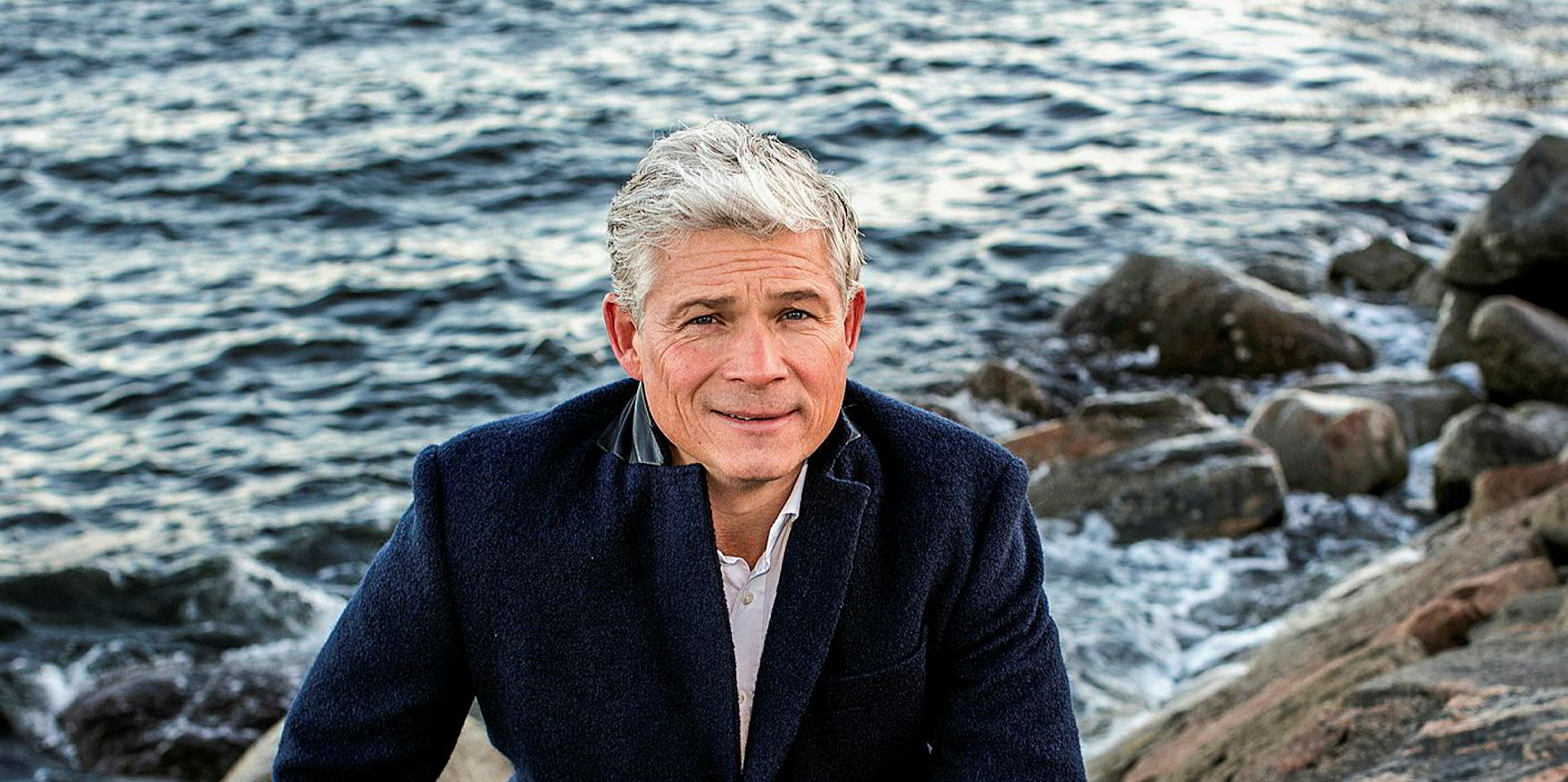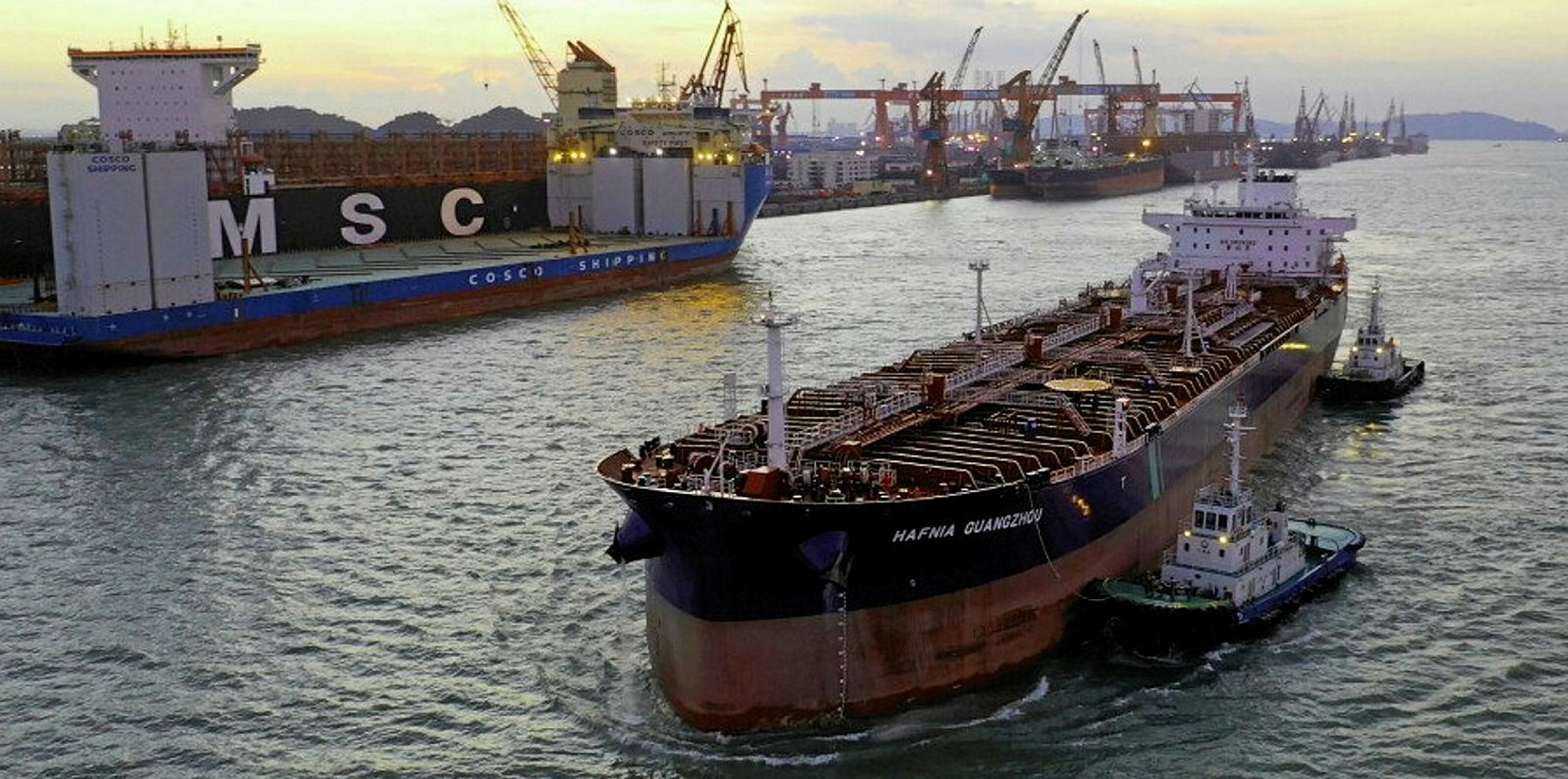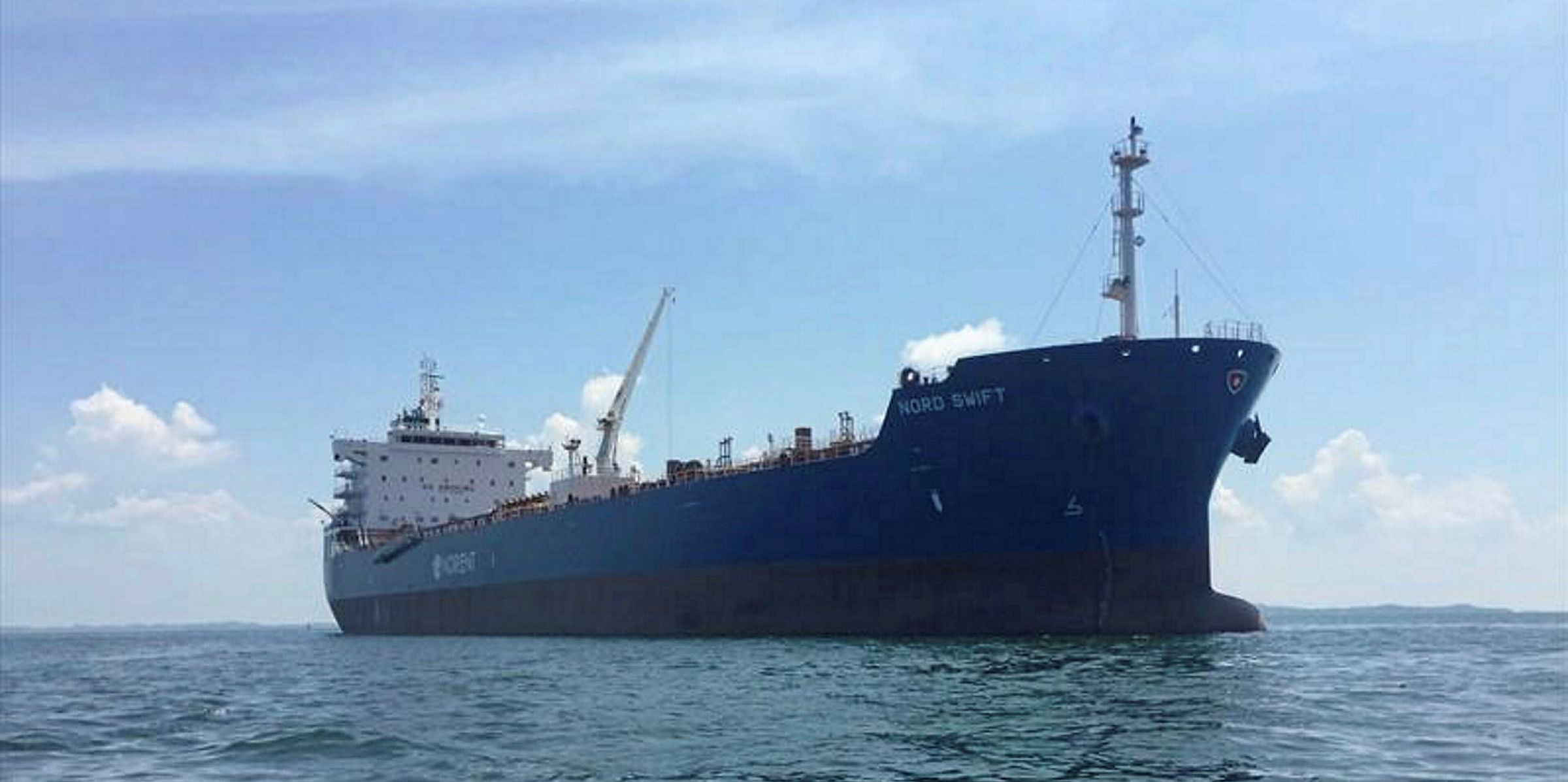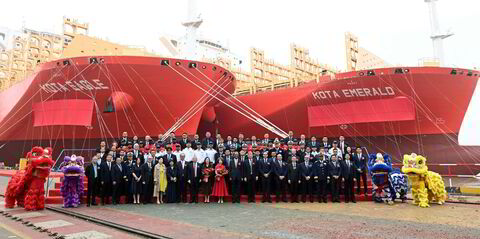Hafnia Tankers, the product tanker arm of BW Group, is aiming to reduce greenhouse gas (GHG) emissions from its owned fleet in line with the IMO targets.
The company — whose shares are listed on Norway’s over-the-counter market — has been seeking to improve fuel efficiency of its vessels via technical and operational measures this year, working with external partners in some cases, according to chief executive Mikael Skov.
This is in response to the climate efforts of the IMO, which has aimed to reduce carbon intensity of international shipping by 40% before 2030 from the 2008 level and total GHG emissions by 50% before 2050.
“The industry has been given a target ... which requires a lot of work," Skov said. "It’s not an easy target, but we need to [work towards it]. Our target is in line with the formal IMO targets.
"We are trying to work with the industry."
He said the company is an active member in a decarbonisation panel that is searching for workable CO2 reductions and is involved in a working group exploring ammonia as a fuel.
"But the sustainable solution is not just around the corner," he said. "In addition to the above, we are working with 'Green Ship of the Future', again illustrating our view of working together as an industry."
Earlier this year, one of Hafnia’s MR ships participated in a retrofit project as part of the Green Ship of the Future programme, whose partners include classification societies, equipment manufacturers and shipowners.
Managed by MAN Energy Solutions and Danish Energy Consulting, the project aims to achieve short-term GHG reductions with existing technology.
The industry has been given a target ... which requires a lot of work. It’s not an easy target, but we need to [work towards it]. Our target is in line with the formal IMO targets. We are trying to work with the industry
Mikael Skov, chief executive of Hafnia Tankers
Internally, Hafnia’s commercial, operational, chartering and technical divisions have also been seeking to deploy its vessels more efficiently to cut emissions, according to Skov.
“We have initiatives to better analyse current operations," he said. "For instance, to be able to optimise the speed and [fuel] consumption, [and] try to be more efficient in how we run our vessels in general.”
Speed limits
France and Greece have proposed mandatory speed limits for the global fleet at the IMO as a short-term measure for the 2030 target, and some environmentalists and shipowners have also backed similar measures.
A CE Delft study has even found that the 2030 goal can be met simply by capping average vessel speed in international shipping at 20% below the 2012 level.
However, Skov warned that slow steaming would not be sufficient in the long run — especially when it comes to the 50% target cut to overall emissions by 2050.
“Slow steaming is one of the many initiatives, we assume," Skov said. "But fundamentally this cannot replace technological development.”
Sharing the thoughts of many industry officials, Skov points out that alternative, low-carbon fuels are needed for the 2050 goal — thus, all newbuilding investments should take this into consideration.
While stressing that Hafnia is not currently looking at newbuilding projects, Skov suggested dual-fuelled engines capable of using alternative fuels would be “a natural place to start” for future investments.
“We will need to look at the ability of burning alternative fuels,” Skov said.
IMO 2020
Having merged with BW’s product tanker fleet, Hafnia currently operates 185 MR, LR1 and LR2 vessels in its pools. Nearly 90 of them are owned or chartered in, while the rest belong to pool partners such as MOL and Odfjell.
Skov said Hafnia also plans GHG reduction initiatives for the whole of its operated fleet, although the near-term challenge will come from the IMO’s lower sulphur limits on bunker fuels from 2020.
Other than the three scrubber-fitted LR2 vessels owned by Hafnia, the company’s operated fleet will switch from high-sulphur fuel oil to low-sulphur fuel oil and distillates.
Skov believes scrubber investments for LR1 and MR vessels are harder to justify, given their trading patterns and fuel-consumption volumes.
“We have to remember the world is moving towards low-sulphur fuel oil,” Skov said. “High-sulphur fuel oil is being phased out.”
Hafnia has carried out technical works for much of this year to prepare its operated fleet for the fuel switch. Its fuel procurement is supported by Hafnia Bunker Services, which supplies to pool partners and some external clients.
Overall, Skov said IMO 2020 can be positive for freight markets, with movement of IMO-compliant fuels across the globe forecast to increase.
Based on the International Energy Agency’s prediction, consumption of marine gasoil will increase to 1.98m barrels per day (bpd) in 2020 from 890,000 bpd this year.
Brokers reported that Hafnia earlier chartered out the 115,000-dwt, scrubber-fitted BW Neso and BW Thalassa (both built 2019) to Equinor for three years at $25,000 per day.
But Skov said Hafnia intends to have high spot exposure to take advantage of demand upturn.
“We will start to see some demand improvement during the fourth quarter,” he said.






